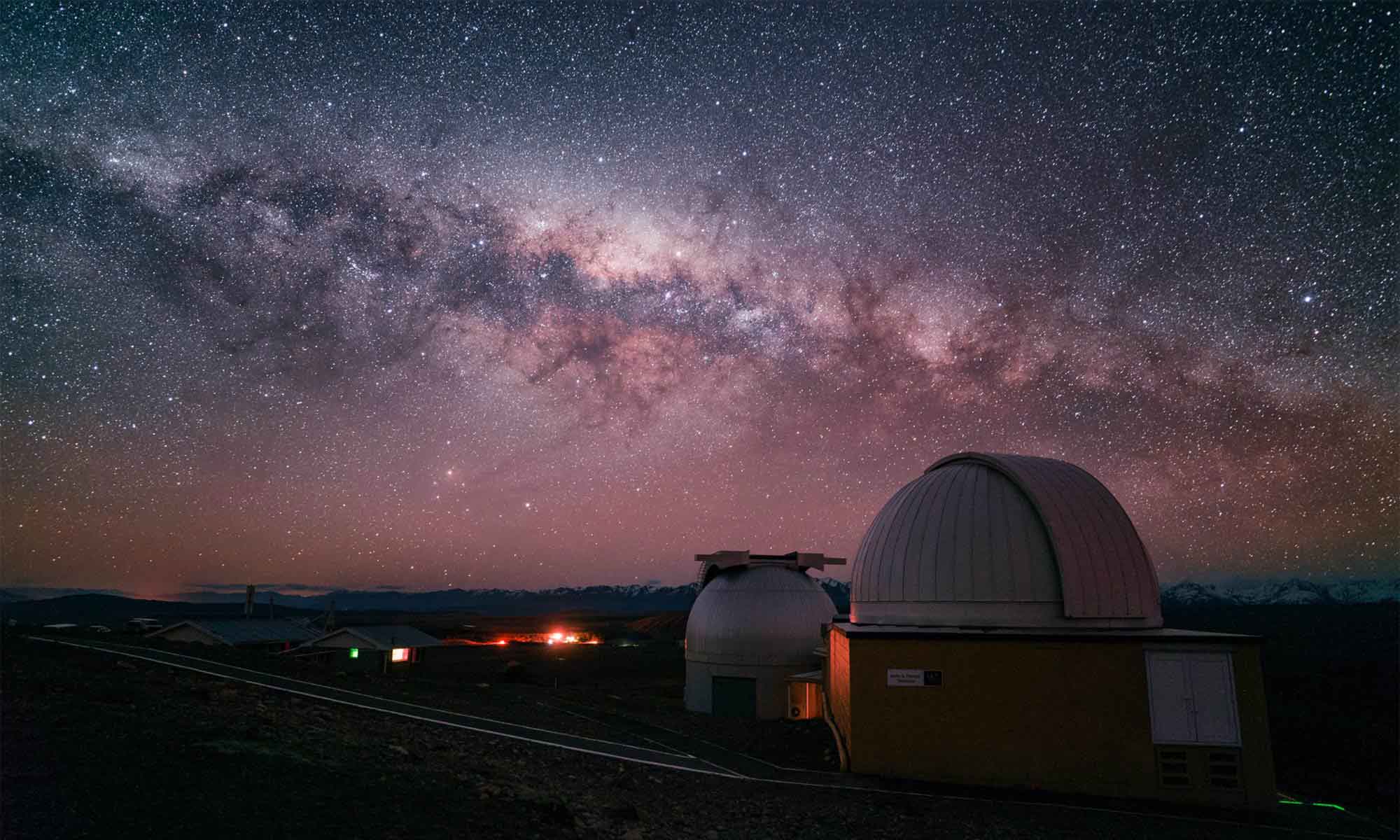If you shoot with a Nikon camera and you want to improve your astrophotography, these are the best lenses for the job.
What is the best lens for astrophotography? The one that collects the most light.
This is a list of the highest scoring lenses for untracked nightscape photography and astrophotography. The score is a direct representation of light gathering capabilities based on the formula:
Score = (aperture area) × (angular area) × (suggested shutter speed)
Where the shutter speed is the longest suggested shutter speed in seconds based on the “500 Rule” (500/focal length). Aperture area is the surface area calculation of the clear aperture of the lens and the angular area is the angular field of view in square radians. This score is a mathematical calculation based purely on some simple physics. It doesn’t account for other considerations like the lens’s build quality or optical aberrations but it’s a good gauge of overall light gathering capability. You can also see the complete list of scores here, complete with calculations and further explanation.
All of the lenses listed here are my personal suggestions for photographers looking to get the absolute best astrophotography results with their camera. If using the given camera mount, these are the lenses that I would use. Most of these lenses are manual focus lenses by Rokinon which also tend to be much more affordable than their autofocus Nikon counterparts. Additionally, most of the Rokinon lenses are sharper and tend to exhibit less coma aberration than their Nikon counterparts. The Rokinon lenses also available with Nikon’s focus confirmation and auto aperture. If you’re willing to learn how to use manual focus, Rokinon lenses are spectacular performers.
If you would like to know more about the thoughts that went into creating this list, please read my article on how to pick a lens for Milky Way photography.
FX (Full Frame and APS-C)

24mm/1.4: Rokinon 24mm f/1.4 ED AS UMC
- The best night photography and astrophotography lens you can buy. Excellently sharp, even wide open at f/1.4. Manual focus.
- Score: 2869
35mm/1.4: Rokinon 35mm f/1.4 US UMC or Sigma 35mm f/1.4 DG HSM Art
- Standard wide angle for tighter landscapes or stitching multiple exposures into larger panoramas. Rokinon is manual focus, Sigma is autofocus.
- Score: 2084
14mm/2.8: Rokinon 14mm f/2.8 IF ED UMC or Nikkor 14-24mm f/2.8G ED AF
- Essential ultra-wide angle for large sweeping landscapes. Rokinon is manual focus, Nikkor is autofocus.
- My full review of the Rokinon 14mm f/2.8
- Score: 1032
DX (APS-C Only)

16mm/2.0: Rokinon 16mm f/2.0 ED AS UMC
- The best combination of wide angle and large aperture. Manual focus.
- Score: 1875
10mm/2.8: Rokinon 10mm f/2.8 ED AS NCS
- APS-C alternative to the Rokinon 14mm/2.8. Excellent for ultra-wide angle landscapes. Manual focus.
- Score: 1184
11mm/2.8: Tokina 11-16 f/2.8 PRO DX II
- Covers the same range as the two previous lenses combined. Excellent super wide angle zoom with autofocus.
- Score: 1149 (at 11mm)
Other Systems
Best Lenses for Milky Way Photography on Canon Cameras
Best Lenses for Milky Way Photography on Fujifilm Cameras
![]()


what about nikon 20-35mm 2.8 for astrography?
Hello Ian, I have a nikon d7100 is tokina recommend 11-16 for landscapes?
Check out the Samyang 12 f2.8 fisheye too, super wide angle with 2.8, with 180 degree angle of view
Hi, i have a nikon d7100 and i’m wanting to buy a new lens to take a photo of northernlights…Im a newbie and my budget is very limited…is nikon 50mm f1.8g auto focus okay? Or can you suggest what will be a good lens to use. Thank you!
Hi Rhenz,
I would certainly go a lot wider than that. 50mm on a d7100 is quite zoomed in, so you will have to do very short exposures unless you want star trails (Google focal length and star trails to learn about the relationship).
Even a 35mm will be quite zoomed in on an APSC camera for night photography.
My advice would be to aim for more like 16 to 24mm for this sort of thing. Personally with a camera similar to the d7100 I use a 12mm and a 16mm for this sort of night shooting.
For portraits that 50mm f1.8g will be very good, but it isn’t very suited to landscape or star photohraphy.
Alex has some good points about starting with a shorter focal length if you can. That said, I will say that the 50mm could be used in a pinch but you’ll be limited to panorama stitching due to its narrow field of view. My recommendation is to stick with one of the “DX” lenses listed above. The Tokina 11-16mm/2.8 is particularly popular and well regarded by the community for astro.
Hi Ian!
I really want to buy a good lens for astrophotography. I have a Nikkor 18-105mm lens, with a minimum aperture of 3.5 and I really want to pick something better. My budget is limited, I think 400 euros is the maximum I can spend. I use a Nikon d7000 so, the Rokinon 24mm/1.4 lens is not okay for my type of sensor (36mm is too much). I think that I have to choose between Rokinon 16mm/2.0 and Rokinon 12mm/2.0. Wich one would you choose? Having a 18-105mm make me think that a 12mm it’s better (going for a better wide and a better aperture in the same time) if I can buy it (if they have a Nikon mount, I didn’t see on Amazon). But if 16mm Rokinon is better I will go for it. Thanks in advance! And sorry for my bad english 🙂